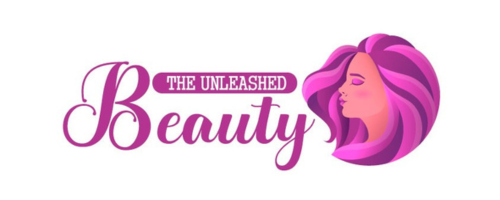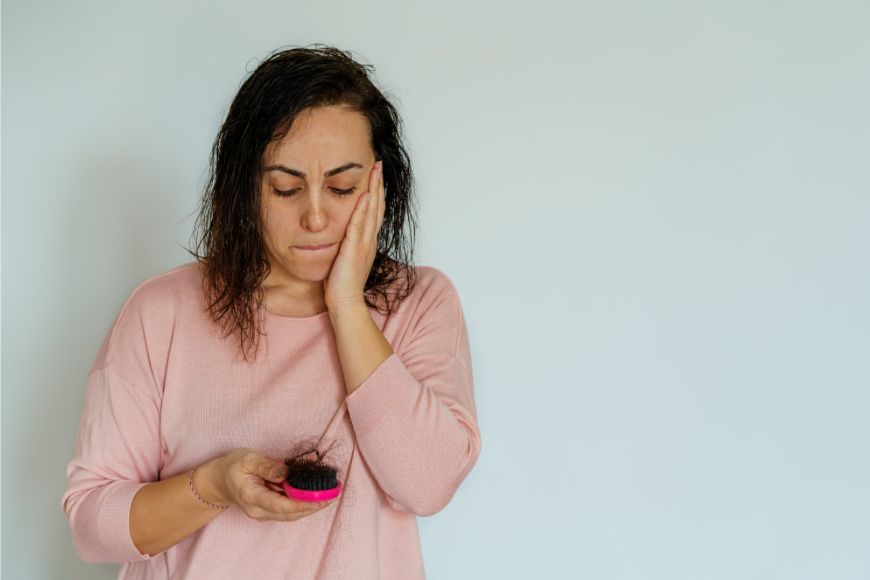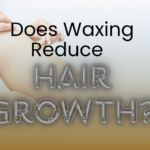Of course, there are ways to maintain a good regime for your hair care. However, the harsh reality is that damaged hair cannot fully recover.
You cannot undo hair damage but some ways will make you feel better about your hair.
You don’t need to be a professional to keep your hair well-managed.
Just learn about the key practices that make your hair look good even after damage. In that sense, this guide is more than a damaged hair treatment.
I have concluded different aspects of repairing damaged hair and letting it thrive in 6 key points. So, let’s begin.
Types of hair damage
Before moving towards ways to repair damaged hair, let’s look at the types of hair damage.
Many possibilities of harming hair are there but if you are using styling products, exposing your hair to heat, and caring too much, you are in big trouble.
Primarily, there are three types of hair damage:
- Mechanical
- Heat
- Chemical
The first one means to damage hair by using a comb roughly and treating your hair badly. Styling your hair, brushing roughly, tying, and tightening it represent mechanical damage.
The second type is Heat damage. The heat from sunlight or warm surroundings removes essential oils from hair, weakening and drying them up.
The use of styling products for curling, drying, and straightening hair is its main cause.
The damage done by using hair bleach, chemicals, and colouring is categorized as chemical damage.
All other ways to treat hair which include the use of chemicals lead to this type of issue.
All these damages are irreversible. However, the following methods will help you maintain a healthy look for your hair if followed properly.
How to fix damaged hair?
Damaged hair cannot be repaired as I told you earlier but these ways will help you to avoid further damage and make your hair look as normal as if it were before.
Say Goodbye to Styling products
It looks good to use styling products but if you’re looking to repair damaged hair, this is not the right option for you.
Even if you have healthy hair, you should avoid using styling equipment frequently.
Instead, use natural ways to manage your hair. Don’t colour. Don’t use a hair dryer to dry hair. Rather, let your hair dry on its own.
Stop doing Mechanical damage to your hair
Roughly managing and styling your hair can have a highly negative impact on your hair follicles.
Tying your hair, curling it every day, and tightening it for a long-time damage hair follicle. It can even lead to hair loss if not controlled early.
Use brushes with soft bristles to comb your hair. Avoid excessive styling. Your focus should be managing hair.
Use a comb with soft bristles. If the comb is stuck in your hair, don’t try to rub it hard as it can damage hair. Pull it out carefully.
Reduce Heat Exposure
Heat is another factor contributing to hair damage. The hair damaged with heat, whether by natural heat or styling products, cannot be repaired.
The only way to get rid of those dry and ugly-looking hair is to trim the split ends.
Hair straightening products can be used infrequently but for damaged hair, you must avoid them at all.
Wear a hat or a piece of cloth when you go outside to reduce direct exposure to sun rays.
Fight with an underlying hair condition
You might be dealing with a hair disease that is causing trouble. In that case, you first identify what condition I am dealing with and how to cure it.
For your ease, here are some common hair and scalp issues in adults and children:
- Dandruff
- Hair Loss
- Oily Scalp
- Scalp Psoriasis
- Scalp Ringworm
- Folliculitis
After identifying a particular disease, get the right treatment to treat an underlying condition for better hair care.
Use the right shampoo
This is a critical step. Shampoos and conditioners claim to promote hair growth but they don’t meet expectations.
So, you have to rely on medicated shampoos like cradle cap shampoo to prevent hair damage and other diseases like cradle cap, dandruff, seborrheic dermatitis, and eczema .
This shampoo cannot repair damaged hair but it will surely promote hair growth, strengthen, and recover your hair from hair diseases. Use this shampoo two times a week for better results.
Wrapping up
Prevention is possible and effective if you follow the listed ways properly. However, this guide cannot let you repair damaged hair.
It is about managing your hair routine and avoiding factors that can worsen the condition.
To get rid of damaged hair, trim them as much as necessary to let the new hair grow. I hope this article helped you a lot.



